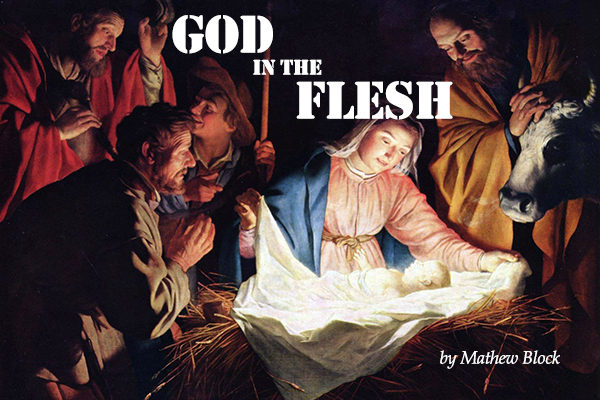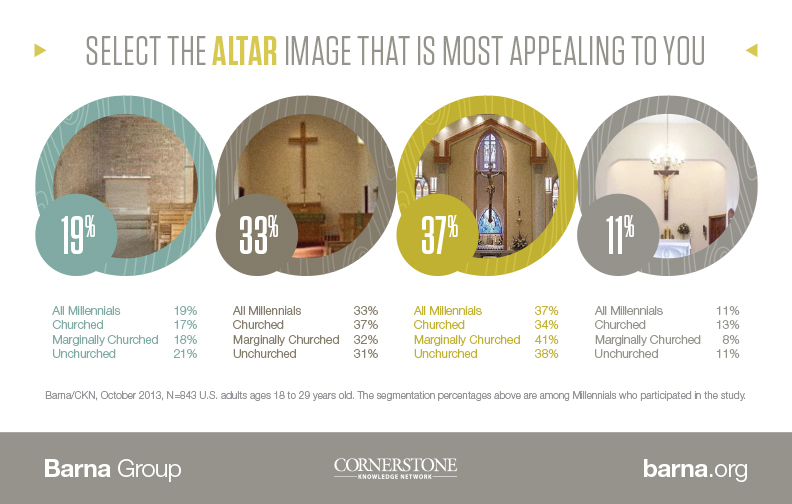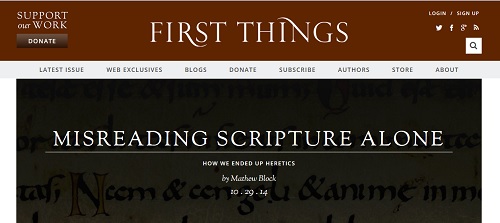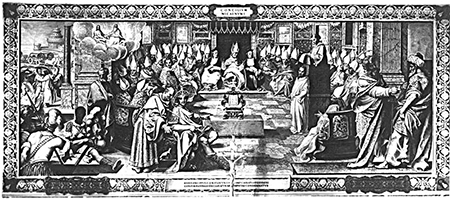Mon 13 Jul 2015
Where Christ is, there is the Catholic Church
Posted by Mathew Block under Main, Theological Musings
1 Comment

Just reading through The Catholicity of the Reformation, edited by Carl E. Braaten and Robert W. Jenson. In their introduction, Braaten and Jenson remind us that the word “Catholic” was first used to refer to Christians by St. Ignatius of Antioch, when he wrote to the church in Smyrna that “Wherever the bishop appears there let the congregation be, just as wherever Jesus Christ is there is the Catholic Church.”
It’s a good reminder to us all that the catholicity of the church depends ultimately on Christ’s presence. “The church is catholic when the living Christ is present,” as Braaten and Jenson rightly interpret. And that catholicity manifests itself in visible ways. Braaten and Jenson again: “The catholicity of the church includes many things: the Scriptures, apostolic tradition, sacraments, ecumenical creeds, worship, and the ministry.”
Sadly, we do not experience this catholicity in its full glory this side of eternity. “There manifestly are degrees of catholicity,” the editors write. “The full catholicity of the church—its completed integrity and comprehensiveness, its wholeness—is finally an eschatological reality in which the pilgrim church now participates through God’s word and the sacraments but which she does not yet fully possess.”
We yearn for that day. We are the catholic church, for Jesus Christ is present among us, as St. Ignatius writes. But His presence among us awakes in us a desire for unity with our separated brethren. For indeed, Christ Himself tells us that His presence in us goes hand in hand with His desire that we would be one. “The glory that you have given me I have given to them,” He says, “that they may be one even as we are one, I in them and you in me, that they may be perfectly one, so that the world may know that you sent me and loved them even as you loved me” (John 17:22-23).
But we know this unity is not to be accomplished by the sacrifice of truth. For in this prayer, Christ also tells us that He prays we would be made unified not only in words or actions but in truth. “Sanctify them in the truth; your word is truth,” he prays (John 17: 17). We are to be one in Christ and in the Truth of His Word.
May Christ, present and working in us, draw us at last to that glorious unity. And may His prayer—that we might be One—be ever our prayer too.
———————








